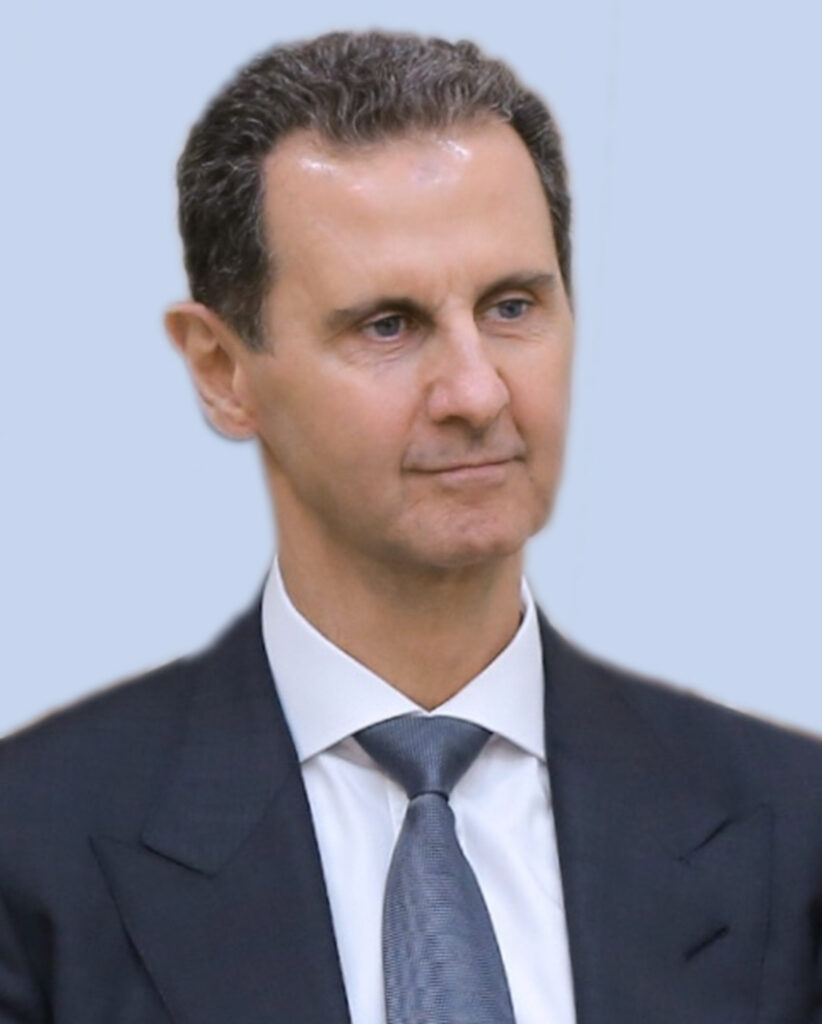Assad regime in Syria: The fall and after

New Delhi, December 9. The fall of the Bashar al-Assad regime on Sunday came quick and surprising. The Syrian Civil War erupted during the Arab Spring in 2011, with peaceful protests against Assad’s authoritarian regime quickly escalating into a multi-sided armed conflict.
Initially, opposition groups and various rebel factions sought to overthrow Assad, but the conflict became increasingly complicated with the emergence of the Islamic State (IS), international interventions, and proxy warfare.
On Sunday, the Syrian regime under Assad collapsed amid major offensives by the Syrian opposition led by the Hayat Tahrir al-Sham and supported by the allied Turkish-backed rebel groups under the the Syrian National Army as part of the Syrian civil war that began in 2011. The fall of Damascus marked the end of the Assad family regime, which had ruled Syria as a totalitarian hereditary dictatorship since Hafez al-Assad assumed the presidency in 1971 as a result of the Corrective Revolution.
As the Southern Operations Room, a rebel coalition, encroached on Damascus while attempting to find the former president, reports emerged that Assad had fled the capital on a plane. The Syrian rebels subsequently declared victory against the Assad government on state television, while Russia’s foreign ministry announced Assad’s resignation and departure from Syria. Russia subsequently reported that it had given Assad and his family asylum.
The Assad family had ruled Syria since 1971, when Hafez al-Assad became the President of Syria under the Syrian Ba’ath Party. After his death in June 2000, he was succeeded by his son Bashar al-Assad.
Hafez al-Assad built his governmental system as a bureaucracy that was marked by a distinct cult of personality, uncharacteristic in modern Syrian history. Images, portraits, quotes and praises of Assad were displayed everywhere from schools to public markets and government offices and Hafez al-Assad was referred to as the “Immortal Leader” and the “Sanctified One” (al-Muqaddas) in official Assadist ideology.
Hafez reorganised Syrian society along militaristic lines, persistently invoked conspiratorial rhetoric on the dangers of foreign-backed plots abetted by fifth columnists, and promoted the armed forces as a central aspect of public life.
After Hafez al-Assad’s death, his son and successor Bashar al-Assad inherited the existing personality cult, with the party hailing him as the “Young Leader” and “Hope of the People”. Drawing influence from North Korea’s hereditary leadership model, official propaganda in Syria ascribed divine features to the Assad family, and revered the Assad patriarchs as the founding fathers of modern Syria.
In 2011, the US, European Union, and a majority of the Arab League called for Assad to resign following the crackdown on Arab Spring protesters during the events of the Syrian revolution, which led to the Syrian civil war. The civil war has killed nearly 231,500 civilians till the end of August this year, according to the Syrian Network for Human Rights (SNHR). According to the SNHR, pro-Assad forces caused more than 90 percent of those civilian deaths.
Syria’s economy suffered massively due to years of war, sanctions, and corruption. Continued financial strain led to mass uprisings or loss of regime support among key elites and security forces.
Assad had largely survived due to several key factors: crucial military support from Russia and Iran; suppression of opposition forces; fragmentation of rebel groups; strategic military interventions; and international reluctance to directly challenge Assad’s regime.
Reports suggest that planning by anti-Assad forces for an offensive against Aleppo, the financial capital of Syria, began in late 2023, but was delayed by Turkish objections. Turkish President Recep Tayyip Erdoğan sought negotiations with the Assad government, to “determine Syria’s future together”, but received a negative response. Turkey lifted its objections and the anti-Assad forces began what started as a limited offensive against the Aleppo countryside on November 27 this year.
On December 7, opposition forces secured complete control of the city of Homs following approximately 24 hours of concentrated military engagement. The rapid collapse of government defences resulted in the hasty withdrawal of security forces, who destroyed sensitive documentation during their retreat. The capture granted insurgent forces control over critical transportation infrastructure, particularly the highway junction connecting Damascus to the Alawite coastal region, where both Assad’s support base and Russian military installations were situated.
Assad-allied and Iran –backed Hezbollah forces withdrew from nearby al-Qusayr, evacuating approximately 150 armoured vehicles and hundreds of fighters. The reduction in support from key allies, including Russia’s diminished involvement due to its focus on its invasion of Ukraine, and Hezbollah’s concurrent engagement in conflict with Israel, were believed to contribute to the government’s weakened position.
Assad has now been given political asylum by Moscow after he fled Damascus early on Sunday.
Meanwhile, in a semblance of order amidst the chaos and celebratory gunfire on Damascus, Syria’s Prime Minister Mohammed al-Jalali said on Monday that most cabinet ministers are still working from offices in Damascus after rebels entered the capital over the weekend, the Associated Press news agency reported.
Now, according to a report by Al Jazeera, Mohammed al-Bashir, the head of the so-called Syrian Salvation Government (SSG) in Idlib, is expected to be selected as the head of Syria’s new transitional government.





